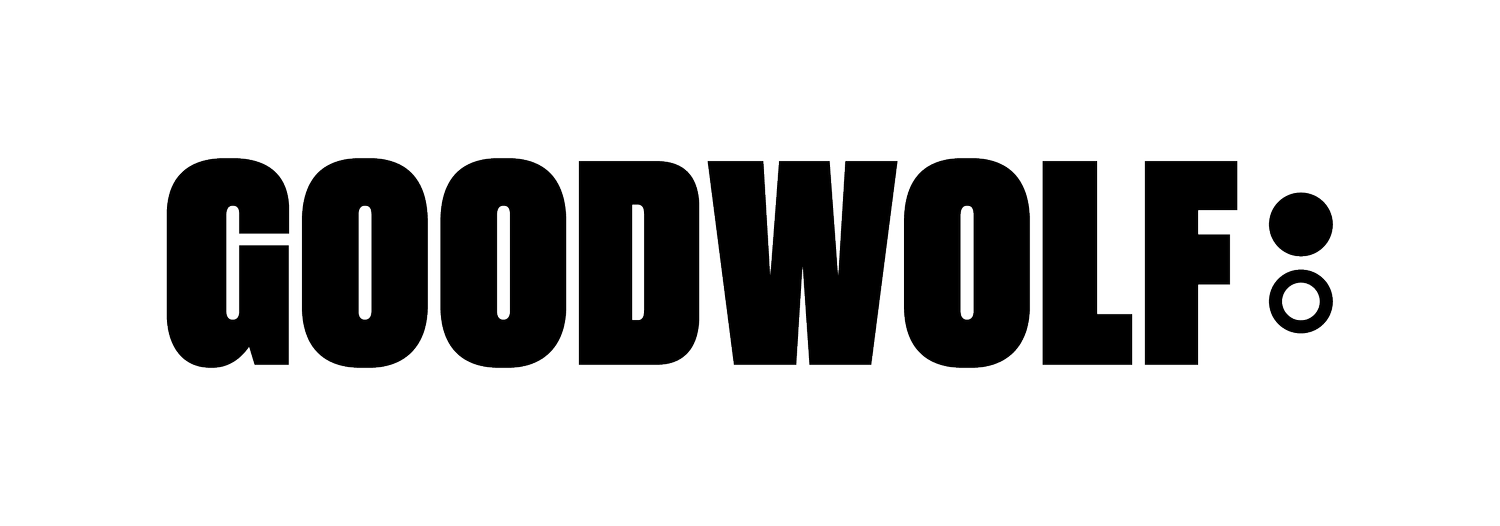Insights
Read up here on the articles and thought leadership the GoodWolf team are feeding into conferences, workshops and sector discussions.
Towards Greater Gender Equity: A Love Letter To Australia From Malawi
We are a young country, and growing fast. 50% of our population is under the age of 35 years. Our maternal death rates, at around 250 deaths per 100,000 births, are around 100 times the rate in Australia (WHO). Only 33% of our kids finish primary school, and only 15% finish high school. (UNICEF).
More Than Metrics: The Hidden Power of Impact Frameworks
Too often, impact frameworks are treated as compliance tools—boxes to tick for funders, donors, or annual reports. But when done well, they are much more than that. An impact framework, thoughtfully designed and strongly embedded in the human experience of impact, does more than articulate outcomes to stakeholders; it becomes a living process that shapes how teams think, learn, and drive strategy.
Philanthropy & Community: Backing the Upswing
Community, as a concept, is simultaneously self-evident (we know it’s out there) and complex (we'd all define it slightly differently). It’s typically defined as the warm, fuzzy and reciprocal engagement between a smaller, more localised group of individuals who share a common purpose.
Rebuilding Public Trust
For Australian NFPs, restoring public trust is not just a reputational concern—it is fundamental to their ability to deliver social impact. Organisations that embrace transparency, actively engage with communities, and adapt to shifting expectations will be best positioned to navigate this new era of grievance and uncertainty.
Seeing the World Through Gender-Tinted Glasses
We spend a lot of time working with non-profits and funders, exploring how they can do more to contribute to a more equitable society. In spite of that, we spend very little time exploring whether applying a gender-lens to our discussions around the design, implementation and funding of interventions in a deliberate and thoughtful manner could lead to better outcomes.
Decolonising Philanthropy: Beyond The Platitudes
Compassion, often cited as the greatest virtue, acknowledges the suffering in the world, and recognises a community is only as strong as its weakest (a very African sentiment, pointing to their communitarian view of the world, and central to the ‘Ubuntu’ philosophy that ‘we are all connected’).
Bridging the appropriate capital gap for social enterprise
Since the beginning of the impact investing movement in Australia and abroad, we have heard from investors that ‘the deals aren’t there’. But on the demand side, for example amongst social enterprises, we also hear that ‘there is not enough appropriate capital’.
Mobilising the Billions: Unlocking Investment Impacts for Foundations & Endowments
Despite the leadership and progress we see internationally from prominent Foundations, like Ford and Rockefeller who have committed their endowments to the objective of 100% responsible investing and impact, and the growing number of ‘100% Foundations’ convened by TONIIC (US), the $50bn Trusts and Foundations sector in Australia still has a long way to go to shift its traditional investment mindset.
Asset Owner Expectations
As we are all asset owners in some form, we too can play a role in the change by making our expectations clear to our own financial advisors, institutions and superannuation funds.
Fair & Inclusive Transitions
“Addressing the climate and biodiversity crisis is not just about getting to net zero. It’s about the impact of that transition on people and communities… If we don’t mitigate the consequences and maximise the opportunities – particularly in relation to jobs and skills that that offers, the transition is simply not going to happen…”
Why finance matters in the biodiversity crisis
We must drastically reduce emissions and stimulate nature to absorb more by restoring biodiversity – through afforestation and reforestation. To reverse the sharp decline, we have and continue to see in biodiversity by 2030, we need to address a funding gap of US$825 billion per year (this figure comes from ‘Financing Nature: Closing the Global Biodiversity Financing Gap’ by The Nature Conservancy).
What is Net Zero and why it matters
The Paris Agreement defines net zero as achieving “a balance between anthropogenic emissions by sources and removals by sinks of greenhouse gases”. The IPCC’s report released in August 2021 stated that…“emissions of greenhouse gases from human activities are responsible for approximately 1.1°C of warming since 1850-1900… unless there are immediate, rapid and large-scale reductions in greenhouse gas emissions, limiting warming to close to 1.5°C or even 2°C will be beyond reach”.
Feed your good wolf
We publish a quarterly newsletter that enables our community to feed their good wolf. Sign up here to keep up to date












